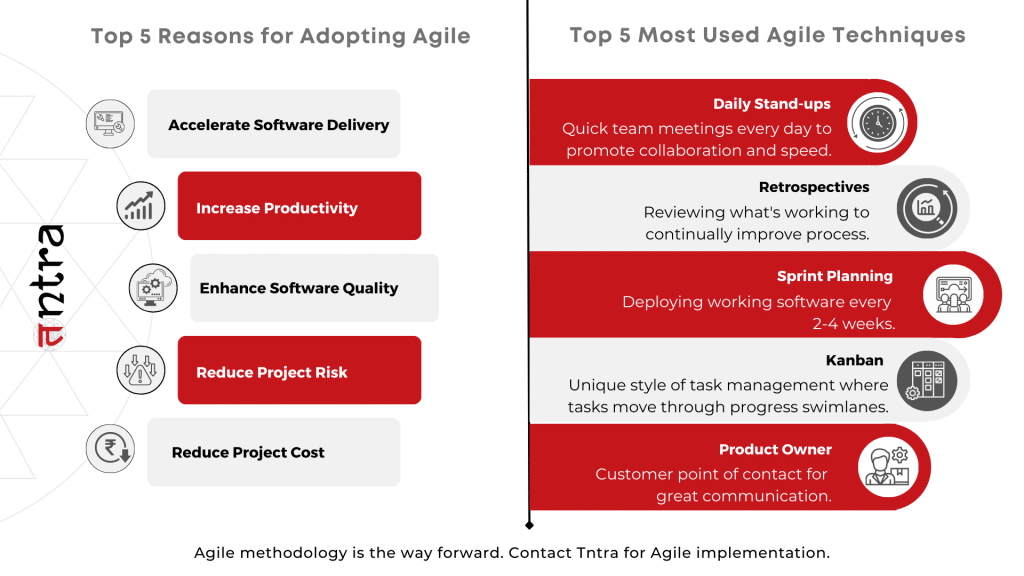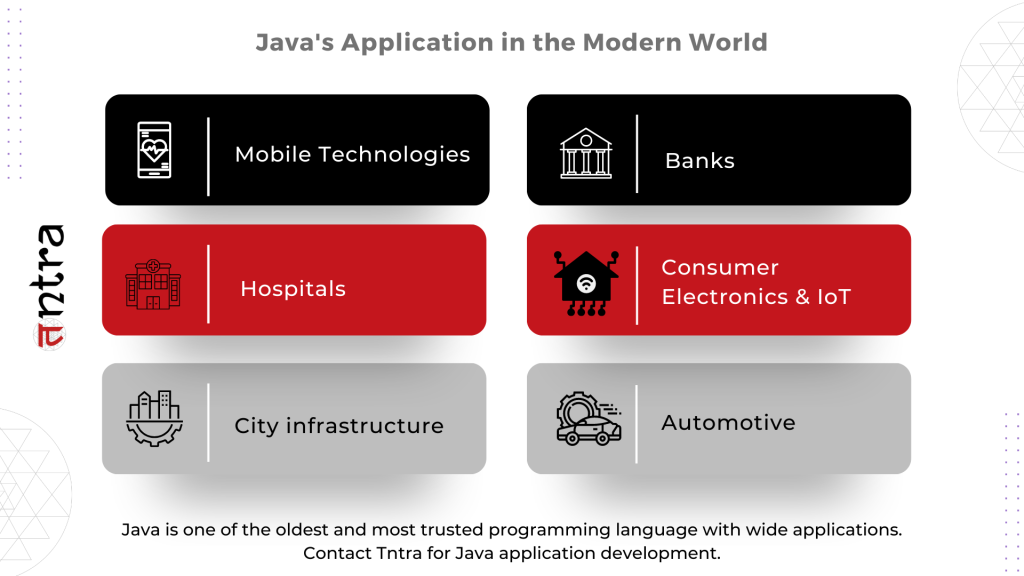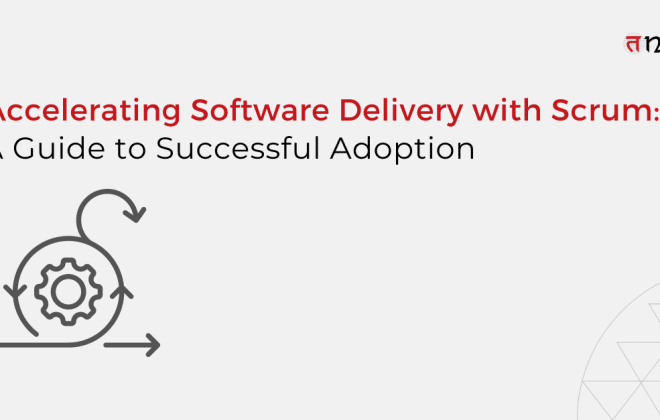
Agile Methodology in Java App Development: Software Engineering Best Practices
Table of Contents
ToggleSummary
Agile software development has gained importance as a reliable approach, with 71% of companies adopting it. Java, the widely used programming language, continues to thrive with a successful track record. Combining Agile methodologies with Java development brings significant advantages, including high-quality software, effective collaboration, adaptability to changing requirements, and customer satisfaction. Agile practices such as Scrum and Kanban enhance project management and workflow efficiency. The dynamic and self-driven nature of Java Agile development teams, coupled with close collaboration with customers, fosters innovation and ensures the delivery of innovative and sustainable solutions.
Philips’ Agile Transformation: Accelerating Innovation in Medical Technology
Royal Philips, a Dutch-based medical technology provider, is committed to advancing sustainability and worldwide health by developing cutting-edge solutions. They aimed to improve 3 billion people’s lives yearly by 2025. Therefore, their ability to reduce time to market significantly impacts many people’s lives.
Philips adopted the Agile Software Development method in 2014 to improve productivity and streamline procedures. Prior to adopting the Scaled Agile Framework® (SAFe®), software development release cycles took 18 months. As a result, they could quickly and efficiently satisfy market needs. This agile strategy ensured scalability and responsiveness while addressing changing client expectations and rapid market disruptions.
As part of their I2M Excellence Idea to Market program, which is part of a larger business transformation initiative dubbed Accelerate!, Philips deployed the SAFe framework. Philips planned to use SAFe principles to accomplish goals, including accelerated time to market, increased quality, enhanced communication, and alignment across geographically distributed teams by developing a Scrum foundation. The business has successfully adopted SAFe in its software divisions and is now testing the program in complex systems contexts with teams from electrical, mechanical, hardware, and software engineering.
Philips achieved notable gains by putting the Agile development methodology into practice. They accelerated time to market since their typical release cycle time dropped from approximately 18 months to just 6 months. They boosted product focus by fostering a customer-centric approach. The length of the feature cycle was shortened from over 240 days to around 100. Sprint and program increment deliveries were timely, enabling “release on demand.” In several business units, there were no quality regressions, indicating progress.
Source: Scaled Agile
Java Agile Development: Thriving in the Software Engineering Industry

Agile software development methodology has become a reliable and result-oriented application design strategy. In 2022, almost 71% of companies confirmed using the Agile approach for software development.
The rise in adopting Agile software product engineering services is not by chance. In fact, in 2022, 64% of Agile software engineering projects saw success, whereas projects under the Waterfall methodology saw only a 49% of success rate. Therefore more teams are going the Agile way.
On the other hand, the Java development services are in high demand. As per Stackoverflow 2021 survey, the Java programming language was reported as the most used by 64.96% of respondents.
Java still thrives in the software development sector with a successful track record spanning nearly three decades. More than 90% of Fortune 500 firms use this potent programming language. According to the TIOBE index, Java is amongst the world’s most widely used programming languages. Moreover, developers from a variety of fields and industries continue to favor it.
Both Agile and Java have big merits. Therefore using Java Agile development methodology can have substantial advantages. Java developers can deliver high-quality software, collaborate effectively, adapt to changing requirements, and guarantee customer satisfaction by utilizing Agile methodologies’ flexibility and adaptability through iterative development, continuous integration, and quick feedback loops.
Software Engineering Best Practices for Java Agile Development
Java’s extensive usage in software development stems from its platform independence, object-oriented paradigm, and rich library support. In an Agile setting, efficient Java programming becomes crucial for meeting continuous delivery requirements. Key practices that can enhance Agile Java app development include maintaining simplicity, utilizing clear variable names, eliminating code duplication, and minimizing nested code blocks. In addition, employing design patterns and frameworks further enhances code maintainability and readability.

Here are the top Java software engineering best practices that a development team should deploy-
- Scrum Project Management
- Scrum, a popular Agile framework, is widely used in Java Agile development for effective project management. It emphasizes collaboration and cross-functional teamwork to address complex problems within short iterations of 3-4 weeks. Implementing Scrum involves:
- Conducting daily stand-up meetings.
- Establishing clear communication protocols.
- Creating a shared product backlog and vision.
- Utilizing burndown charts to track progress.
- Scrum, a popular Agile framework, is widely used in Java Agile development for effective project management. It emphasizes collaboration and cross-functional teamwork to address complex problems within short iterations of 3-4 weeks. Implementing Scrum involves:
These practices ensure efficient coordination, alignment, and visibility throughout development, promoting successful Java Agile project delivery.
- Kanban Project Management
- For more efficient workflow management, a Java development company can use Kanban project management. Kanban visually depicts work progress, allowing for simple stage tracking. In addition, the adaptable Kanban boards meet specific workflow needs and make it simple to move jobs between stages.
- This ensures effective coordination inside a Java team and also enables seamless communication among team members, informing them of changes to task status.
- Keeping Developers Motivated and Focused
- Projects in Java Agile development should be centered around motivated professionals committed to their job and laser-focused on the team’s objective. Agile teams flourish in an open office setting encouraging teamwork and spontaneous brainstorming.
- Teams become more adaptive as they move through Tuckman’s phases of group growth; they take on roles, create working relationships, adopt effective procedures, and perform consistently without continual management scrutiny. While building a Java solution, an Agile team is more effective and productive because of this dynamic and self-driven approach to development.
- Collaborate with Customer
- In Java development, effective collaboration with the customer is key to achieving customer satisfaction. Unlike traditional approaches, Agile teams continuously communicate with the customer, understand their requirements, clarify expectations, and explore creative solutions. This close collaboration promotes innovation and ensures that the final product meets the customer’s needs.
- Developers and the technology consulting services at large must make sure that the teams and customers work together to devise innovative and sustainable solutions, delivering a product that surpasses initial visions and enhances customer experience.
Witness the Future of Pharmacy. Explore Tntra’s e-Pharmacy Case Study Now!
Conclusion
In conclusion, a strong and effective way for developing applications is provided by the union of the Agile software development process with the Java programming language. Agile’s broad use is a testament to how well it produces successful software projects. Java is a great option for Agile development because of its wide market appeal and versatility.
A software product engineering company like Tntra deploys Java Agile development teams to harness high-quality, customer-centered software development by adhering to best practices like Scrum and Kanban project management, keeping developers motivated and focused, and fostering customer collaboration. As a result, agile and Java work together to create a successful formula for software development excellence.
Are you looking for a development team to outsource your Java app development? Tntra is an experienced Java Agile Development company, and we are ready to offer you the best-in-class software development service.
Contact Tntra today!!





